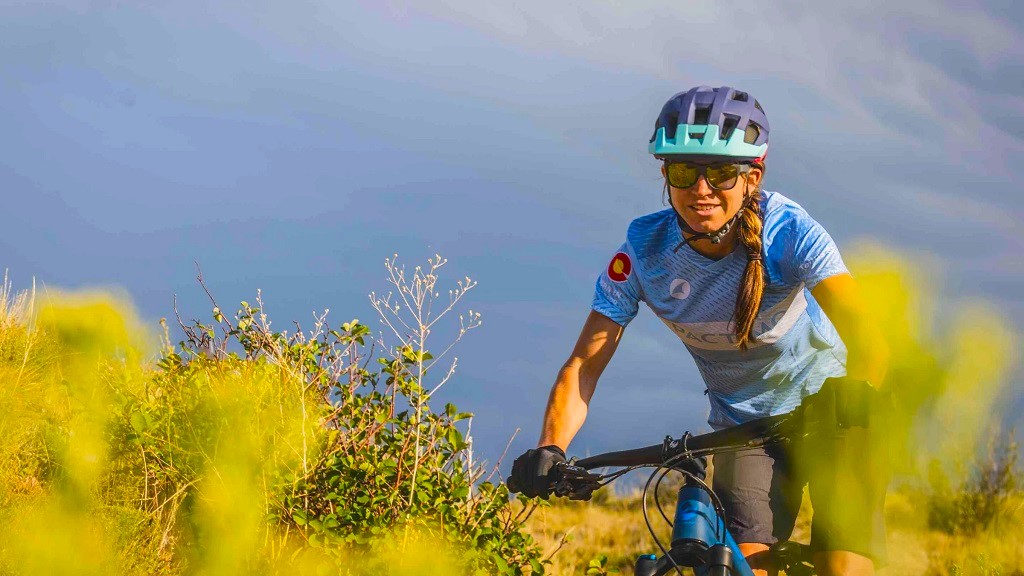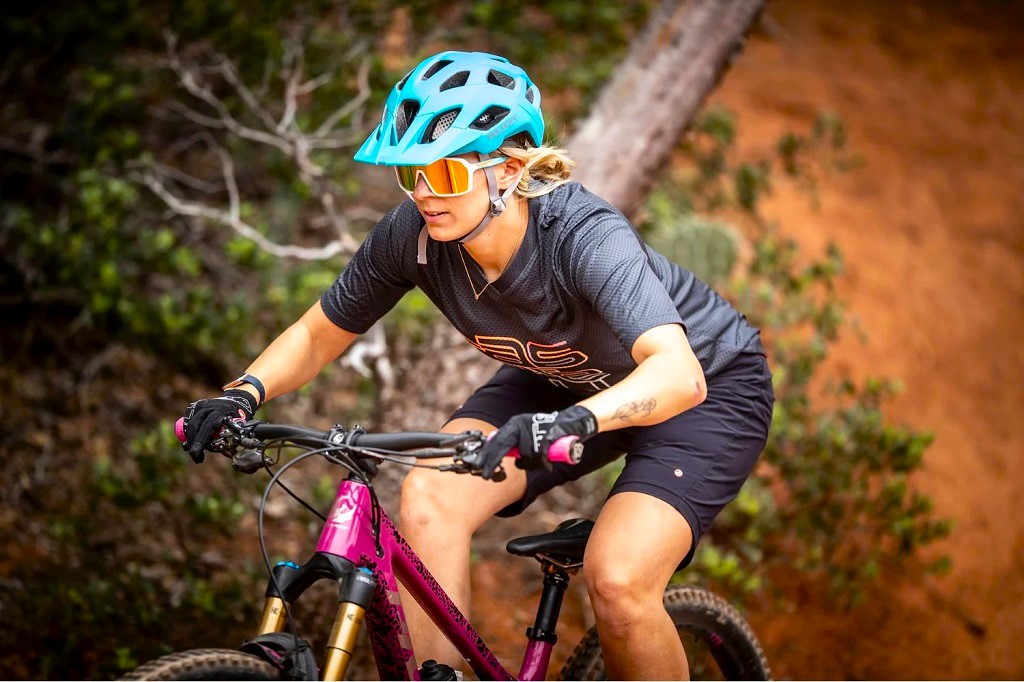Mountain biking presents a unique set of challenges for riders; the terrain is uneven, speeds can be high, and the risk of falls is inherent. Choosing the right helmet is crucial not only for your safety but also for maximizing your enjoyment on the trails. With various types and features available, selecting the ideal helmet can feel daunting. This article provides a complete guide for choosing the right mountain bike helmet – helping you prioritize safety while making the most of your rides.
Types of Mountain Bike Helmets
Here’s a breakdown of the primary types of mountain bike helmets designed for different riding styles:
- Half-Shell Helmets: The most popular choice for trail riders, half-shell helmets offer a balance of protection, ventilation, and comfort. They cover the top and sides of the head, often extending slightly lower at the back for increased protection. They’re popular for cross-country, trail riding, and general versatile use.
- Full-Face Helmets: Designed for extreme mountain biking disciplines like downhill and enduro, full-face helmets offer maximum protection. They cover the head entirely, including a chin bar to protect the face and jaw. These are essential for high-speed gravity-fueled riding with a high risk of serious impacts.
- Convertible Helmets: A hybrid option offering versatility. These helmets feature a removable chin bar, allowing you to switch between half-shell and full-face configurations depending on the type of ride you’re doing.
Key Helmet Features

Beyond the basic types, here’s what to look for when selecting your helmet:
- Safety Certifications: Always choose a helmet that has been certified by recognized safety standards, such as CPSC (US), CE (Europe), or AS/NZ (Australia/New Zealand). These certifications ensure the helmet has passed rigorous impact testing.
- MIPS or Similar Technology: MIPS (Multi-Directional Impact Protection System) is a technology designed to reduce rotational forces on the brain in the event of an angled impact. Other similar technologies exist, all to enhance protection.
- Fit and Adjustability: A proper fit is critical. Measure your head circumference and choose a helmet that matches your size. A good helmet will have an adjustable retention system that allows you to snug it securely without feeling overly tight.
- Ventilation: Mountain biking can be strenuous; look for helmets with strategically placed vents to keep you cool. Good airflow prevents overheating, making your ride more comfortable.
- Visor: Many mountain bike helmets feature a visor to shield your eyes from sun, rain, and branches. Consider an adjustable or removable visor for greater flexibility.
Related: 10 Best Adult/Kids Bicycle Helmet For Street/Mountain Riding of 2024
Choosing the Right Helmet for Your Riding Style
- Cross-Country: Half-shell helmets are usually the best choice for cross-country riders as they’re lightweight and prioritize ventilation.
- Trail: Half-shell helmets are also popular here, but those looking for added protection might prefer a helmet with increased rear coverage.
- Enduro: For the more aggressive nature of enduro, a full-face helmet or a convertible helmet that you can use in full-face mode is typically the most protective option.
- Downhill: Full-face helmets are non-negotiable for downhill, where riders hit high speeds and face more potential for impactful crashes.
Additional Considerations
- Price: Helmet prices vary dramatically based on features and technology. Set a realistic budget, being mindful that it’s essential to invest in your safety.
- Weight and Materials: Lighter helmets with carbon-fiber elements tend to be more expensive but can increase comfort on extended rides.
- Aesthetics: Helmets today come in a range of colors and styles, so choose one you like! Feeling confident in your gear contributes to your overall enjoyment of the sport.
Remember:
- Even the best helmet can’t guarantee complete protection. Ride within your limits and practice safe riding techniques.
- Replace your helmet after a significant impact or after a few years, as the protective materials degrade over time.
Choosing the right mountain bike helmet is an investment in your safety and riding enjoyment. Consider these factors to find a helmet that helps you hit the trails with confidence and focus on the thrill of the ride!

Steve J. Robin is the Senior Mountain Bike Review Editor at Outdoorxsports. Steve has lived in Heron Way, Milwaukie for 15 years. Steve earned his Bachelor’s degree at the University of Wisconsin Milwaukee, which has extensive biking training facilities, he had taken up biking seriously as a teenager and later became obsessed with mountain biking. He is an obsessive mountain bike racer and rubbed shoulders with the bike and that he rides with, riding is so much more than a hobby for him with a mild addiction to Endomondo. On September 21, 2015, he released a five-and-a-half-minute mountain biking’s video on YouTube that was to change his biking life. The video got a few thousands of views overnight as of today– the world went crazy for Steve. Since the video went viral, things changed fast; Steve found himself featured in MTB-MAG, joined a production as a stunt man.

